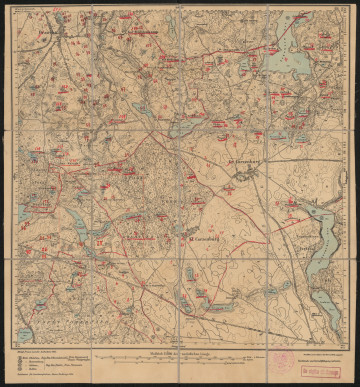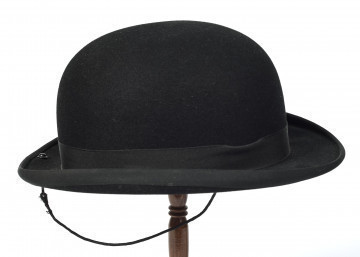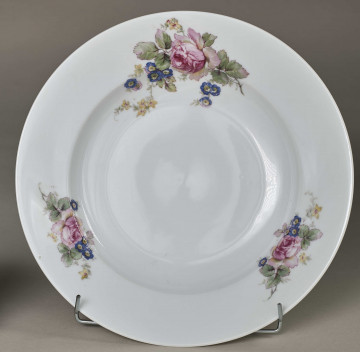Pesach cup
ante 1939
Museum of the history of Polish Jews
Such vessels were used for ritual purposes during Shabbat and Pesach, including the ritual washing of hands. These were goblets and cups of various shapes, from the simplest to more ornate ones made of silver, depending on the wealth of the household. Such goblets were often given as gifts, e.g. on the occasion of brit milah or bar mitzvah celebrations.
Often the vessel's lid was inscribed with a dedication or donation in Hebrew or Yiddish, depicted biblical scenes such as the exodus from Egypt, or quoted from the Bible (most often a quotation from the Book of Exodus (20:8): "Remember the Sabbath day to keep it holy").
The Kiddush cup was used in a ritual performed to mark the beginning of the Sabbath and other holidays, when a man recited a prayer consisting of two blessings: for the wine and for the holiday, over a vessel filled with wine. This is because Kiddush separates the sacred from the profane (holy time from everyday time). Chalices played an important role during Pesach because it was from this vessel that the Seder feast began. There was a ceremonial blessing of wine and a ritual washing of hands, for which goblets were also often used.
Apart from Kiddush and Pesach, wine, and thus ritual goblets, were used during Havdalah, the Sabbath-ending ceremony celebrated on Saturday after sunset, and during weddings, when a blessing over wine was also pronounced, or when the bridegroom broke the goblet by stepping on it with his right foot, thus commemorating the destruction of the Temple of Jerusalem.
The consumption of wine is a common part of important celebrations in Judaism. Wine is kosher because the fruit and vegetables are neutral. They must not be wormy, and all wine production must be overseen by a religious Jew who uses kosher utensils during production (for more on koshering: https://sztetl.org.pl/pl/slownik/koszer, access date: 8.08.2021).
Natalia Różańska
Znaleziono 7 obiektów

1921 — 1936
National Museum in Szczecin

20th century
Castle Museum in Łańcut

1. połowa XX wieku
Castle Museum in Łańcut
DISCOVER this TOPIC
Museum of King Jan III's Palace at Wilanów
DISCOVER this PATH
Educational path